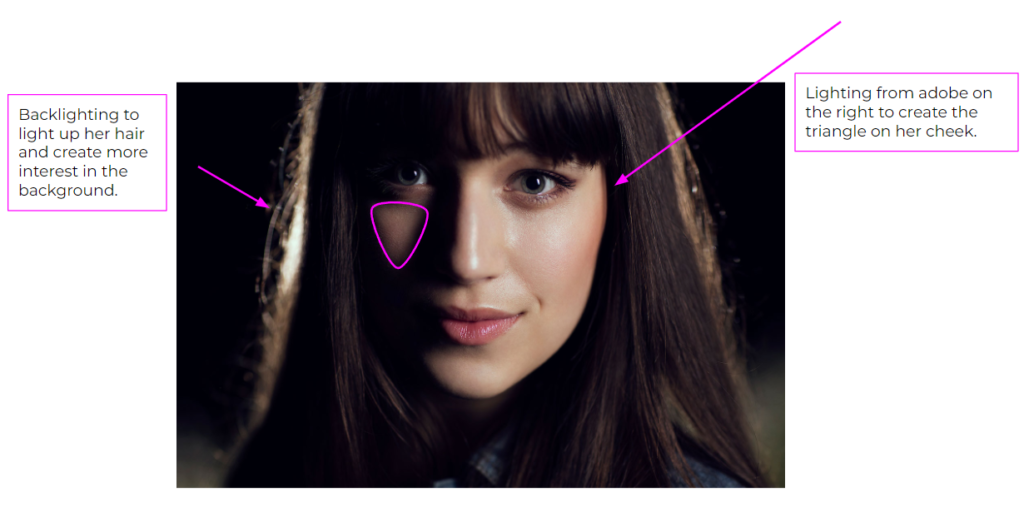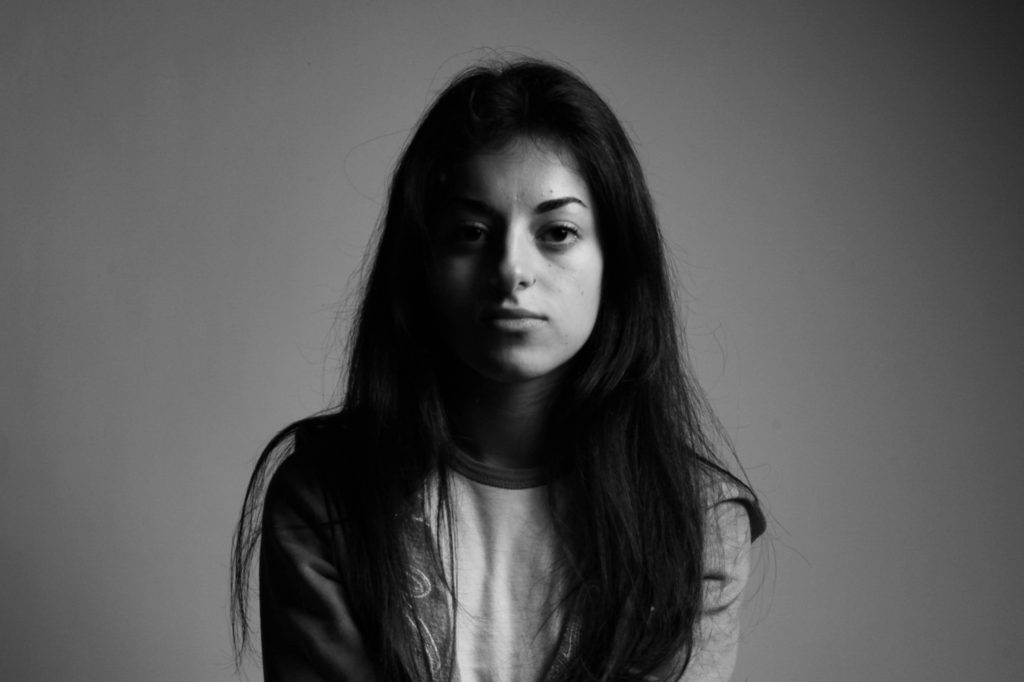
Named after Rembrandt Harmenszoon van Rijn, the great Dutch painter, Rembrandt lighting is a common technique for portrait photography. This lighting creates an upside-down triangle on the subjects cheek.


Spotlights were used in Hollywood in the early 20th century to create more realistic effects of light and shadows in the boring typical lighting set up. Rembrant lighting was introduced as an effect and started being used widely in promotional photographs of film stars.

Rembrandt lighting creates dramatic shadows and definition in the models face, enhancing facial feature (like butterfly lighting gut with different shadows). Its effective as it acts as a photographic device to draw the eye.
Rembrandt lighting adds an element of drama and psychological depth to the character of your sitter.
With the eyes being one of the most important and interesting details of a portrait, the triangle of light on the cheek manages to enhance this and intensify the eyes shape and detail, drawing the viewer to the image.
How is Rembrandt lighting created?
Place the main light source 40 to 45-degree angle and higher than the subject. Use cans use both flashlights and continuous lights. (I used flash lighting to create a stronger shadow). Use a 35mm or 50mm if space is at a premium. You can add a reflector to light enhance the light.

My final photos – overall these images turned out alright however I didn’t get many with the triangle of light fully clear so I would like to redo this shoot. My camera was also slightly out of focus so in my next shoot I will fix this.




